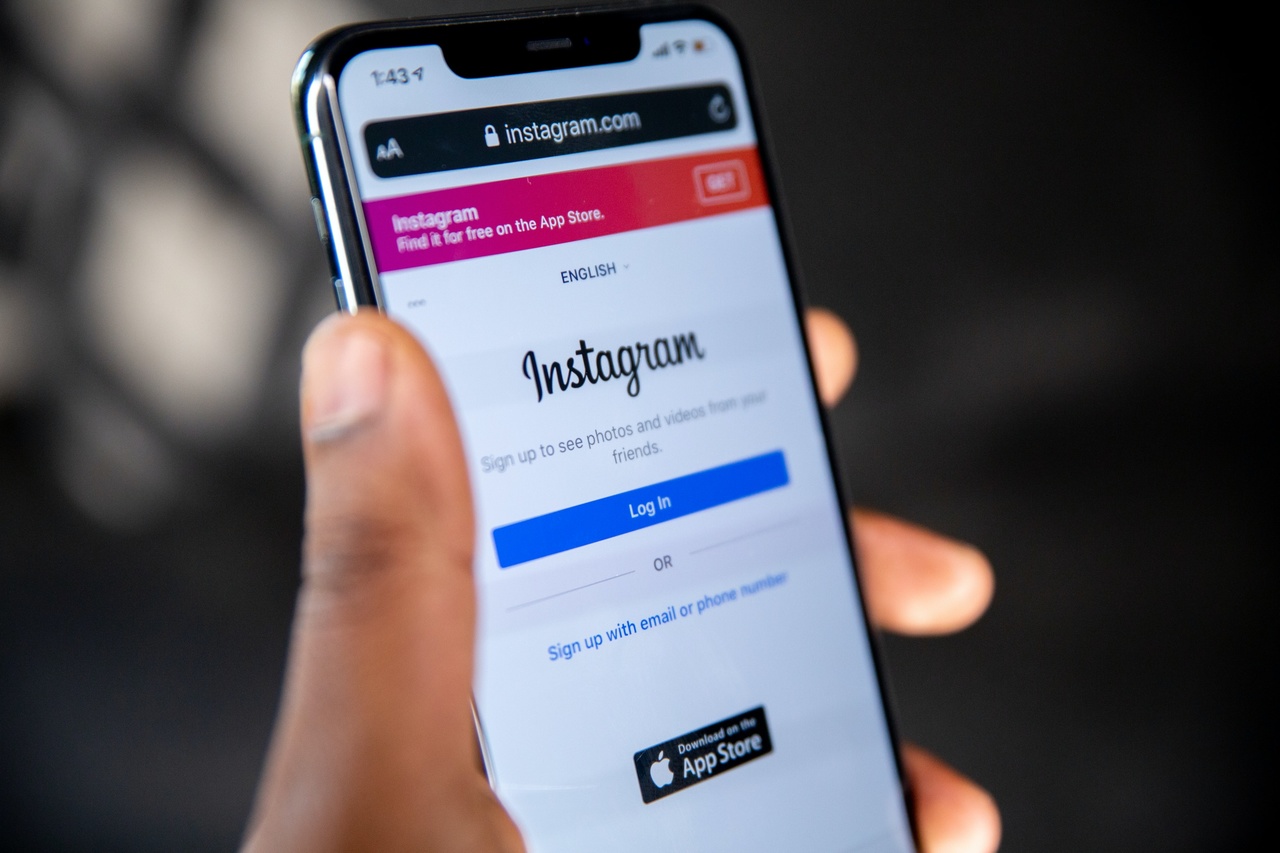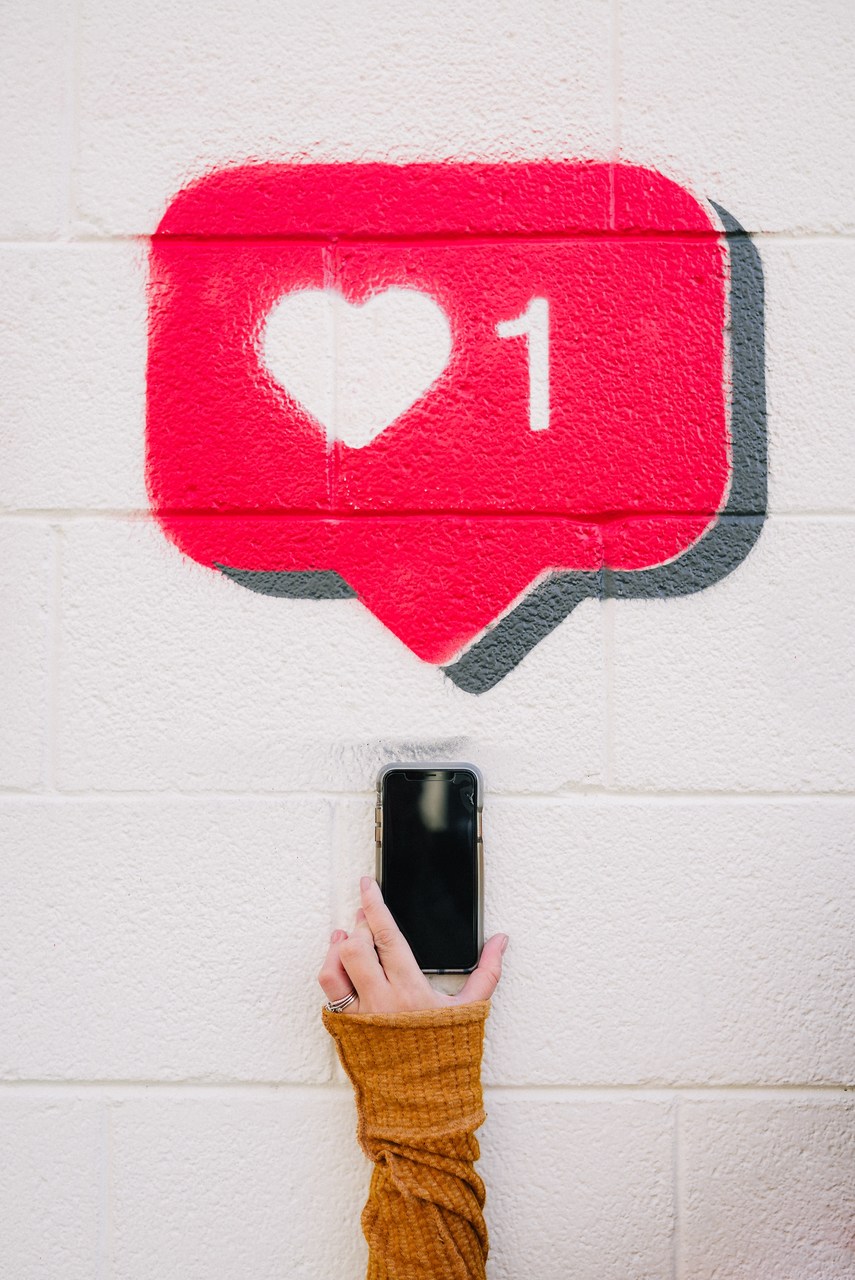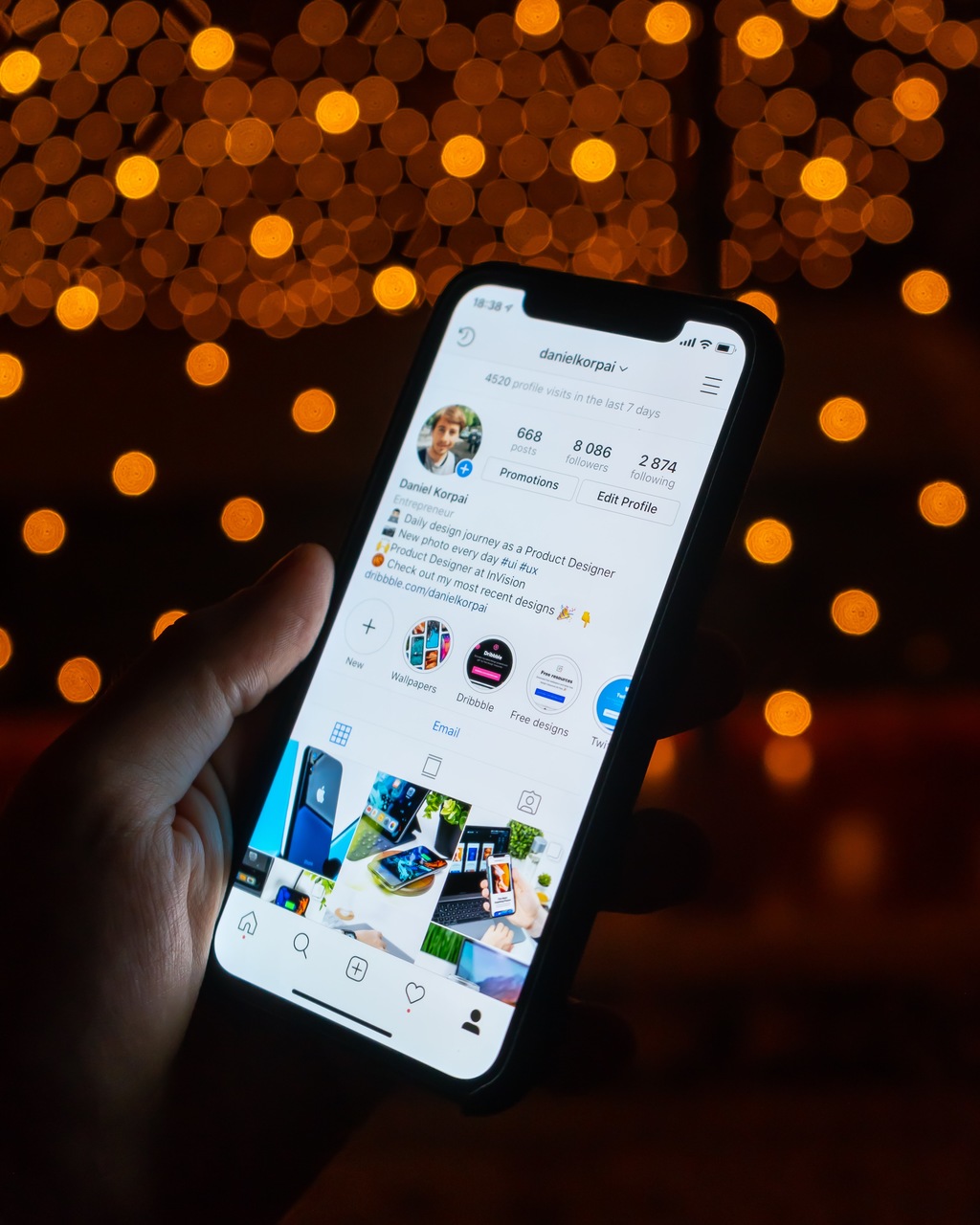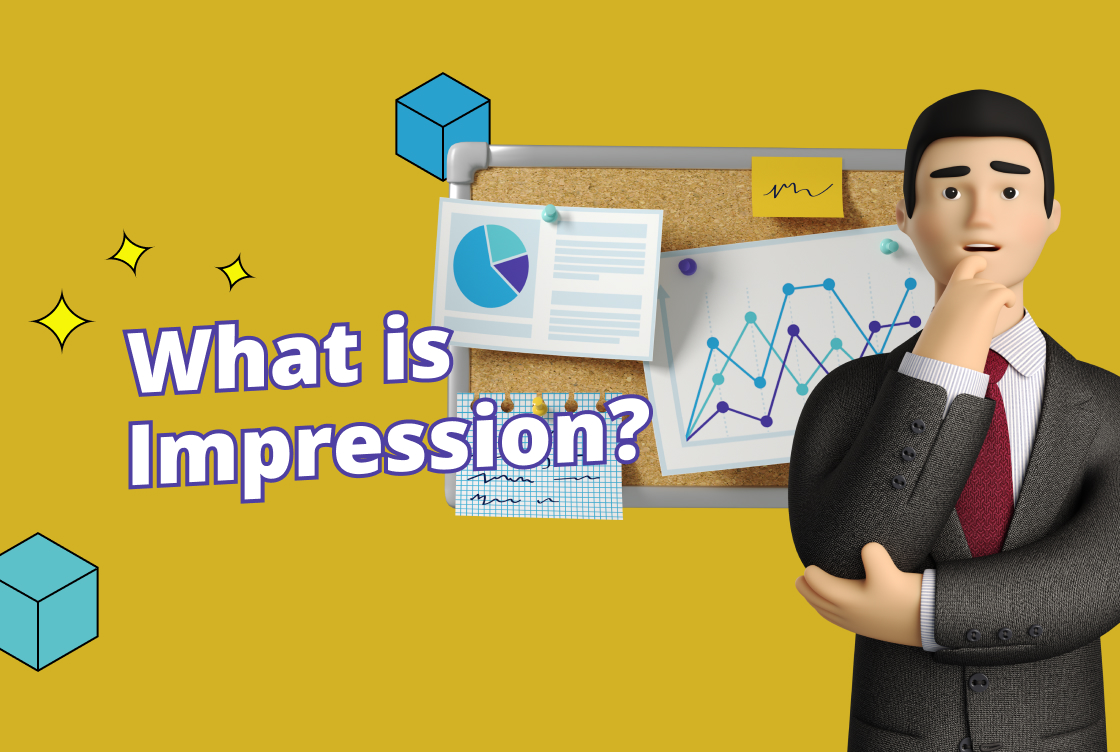An "impression" on Instagram refers to the number of times a piece of content, such as a post or story, has been seen by users. This can include views from both your followers and non-followers. For example, if a post of yours receives 100 likes and is seen by 200 people, it would have 200 impressions. Impressions can be used as a metric to gauge the reach and visibility of a particular piece of content, and can be especially useful for businesses and creators looking to measure the effectiveness of their marketing campaigns on the platform.

However, Instagram also counts an impression in other ways, such as a swipe up on a story. It also counts as an impression if a user shares your post to their own story.
So, Impressions on Instagram is a metric that measures the amount of times that your post has been viewed, by your followers or not. It gives you an idea of how many people have seen your post, which is a useful measurement of reach for businesses and creators looking to measure their engagement with their audience.
How to Increase Impressions on Instagram?
There are a number of ways to increase impressions on Instagram:
Use hashtags: Using relevant and popular hashtags can help your posts get discovered by users who are searching for content on those topics. This can help your posts reach a wider audience and increase impressions.
Collaborate with other users: Collaborating with other users in your niche, such as influencers or other brands, can help expose your content to new audiences and increase impressions.
Post consistently: Posting content regularly can help increase visibility and engagement with your followers, which can in turn lead to more impressions.
Optimize your profile: Make sure that your profile is complete and includes a clear description of what you do and what kind of content users can expect to find on your profile. This can help attract new followers and increase impressions.
Create engaging content: Create content that is visually appealing and interesting to your target audience. Videos, Instagram Stories, and IGTV can get more engagement and reach than just a simple photo post.
Use Instagram Insights: The Insights feature in Instagram can give you valuable information about your audience and the performance of your posts, which can help you optimize your strategy and increase impressions.
Promote your post: Instagram allows users to promote their posts on their network, it can be a good way to reach more people that are not currently following you and increase the amount of impressions.
Keep in mind that building a strong and engaged following takes time. Be consistent and engage with your audience to grow your reach and increase impressions over time.

Reach vs Impressions Instagram
On Instagram, "reach" and "impressions" are two separate metrics that are used to measure the performance of a post.
Reach refers to the total number of unique users who have seen a post. It's the number of accounts that had at least one opportunity to see your post. So, if a post receives 100 likes and is seen by 200 people, it would have a reach of 200.
Impressions, on the other hand, refer to the total number of times a post has been seen. This means that if one person sees a post three times, it would be counted as three impressions.
It's important to note that reach and impressions are not the same as engagement metrics such as likes, comments, and shares. Reach and impressions measure the exposure of a post, while engagement metrics measure the level of interaction with a post.
Understanding the difference between reach and impressions can be useful when you're trying to measure the effectiveness of your Instagram strategy. While "reach" can give you an idea of how many people have seen your post, impressions can give you a sense of how many times that post has been viewed. Together, these metrics can help you understand how well your content is resonating with your audience and help you make decisions about how to adjust your strategy moving forward.
It's also worth mentioning that reach is generally a more meaningful metric for businesses, as it's a measure of how many people you reached, which are the ones that are more likely to have an interest in your content and will be more likely to engage with it.

Which is better reach or impressions?
When it comes to understanding the performance of your Instagram posts, both reach and impressions are valuable metrics to consider. However, depending on your goals and what you're trying to measure, one may be more important than the other.
Reach measures the number of unique users who have seen a post. It's a measure of how many people were exposed to your content. It can be a useful metric to measure the effectiveness of your overall strategy, as it gives you an idea of how many people you're reaching with your content. Reach is a more meaningful metric for businesses because it measures how many people you reached, who are more likely to be interested in your content, and more likely to engage with it.
Impressions, on the other hand, measure the total number of times a post has been seen. It can be a useful metric to measure the visibility of a post and can give you an idea of how many times a post has been viewed.
Both metrics can be used together to give a more complete picture of how well your content is resonating with your audience and to optimize your strategy moving forward. For example, a post with high reach but low engagement (likes, comments, shares) may indicate that your post is reaching a large number of people but isn't resonating with them. In this case, focusing on creating more engaging content can increase engagement and ultimately improve the performance of your posts.
In summary, reach measures how many people are seeing your post and impressions measure how many times your post has been viewed. They both give you different information and you should take them into account to evaluate how well your post is performing and to adjust your strategy accordingly.

How to Find Impressions on Instagram
You can find the impressions for a specific post on Instagram by following these steps:
Open the Instagram app on your device and log in to your account.
Navigate to your profile and find the post for which you want to see the impressions.
Tap on the post to open it.
Below the post, you'll see a row of icons, including one that looks like a speech bubble. Tap on this icon to see the engagement data for the post.
A new page will open showing you the engagement data, including the number of likes, comments, and shares. On the top right of the page, there is a "View Insights" option, tap on it.
The insights page will show you a breakdown of the engagement data, including the number of impressions. This can be found under the "Impressions" or "Reach" sections.
You can also check the impressions of all your posts by going to your Instagram profile, then tap on the three horizontal lines at the top right of the screen, then tapping on Insights. The insights page shows you an overview of your account's performance and on the top of the page there's a section called "content" with a number next to it, tap on it and you will see the top posts by Impressions, reach, and engagement.
It's also worth mentioning that if you are a business account, you can also access Instagram Insights from the Facebook Creator Studio, it will give you more detailed information such as the demographics of the people that saw your post, their interests, their actions, and more.
In summary
Reach and Impressions are two metrics that are used to measure the performance of Instagram posts. Reach refers to the number of unique users who have seen a post and Impressions refers to the total number of times a post has been seen. Both metrics can be valuable when trying to measure the effectiveness of your Instagram strategy, but depending on your goals and what you're trying to measure, one may be more important than the other. Reach is generally more meaningful metric for businesses, as it's a measure of how many people you reached, which are the ones that are more likely to have an interest in your content and will be more likely to engage with it. However, both metrics can be used together to give a more complete picture of how well your content is resonating with your audience and to optimize your strategy moving forward.

